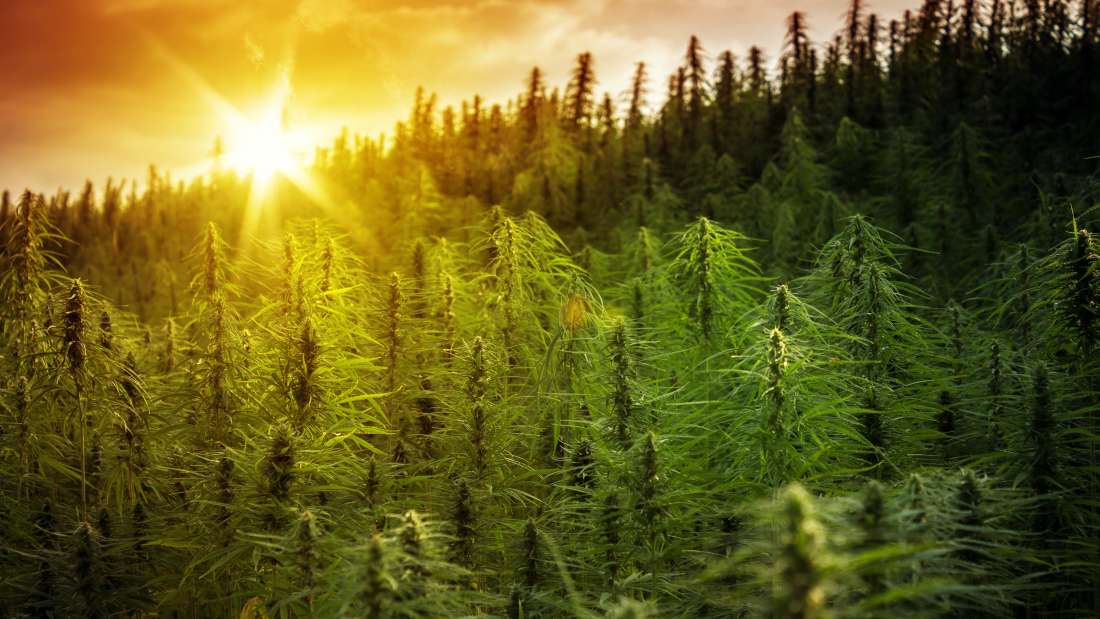High on the Tibetan Plateau, there’s Qinghai Lake – the largest lake in all of China. Now, researchers believe this high-altitude region may be the origin of the cannabis plant. The study is published in the journal Vegetation History and Archaeobotany.
The quest to discover the origins of cannabis has been a long, difficult process. One key issue is that a closely related group of plants called Humulus (or hop) shares a similar pollen shape to Cannabis in the fossil record, making it difficult to distinguish between the two.
Due to this conundrum, John McPartland from the University of Vermont and colleagues decided to approach the problem in a new way. They gathered 155 fossil pollen studies and used other plants as a proxy to guess which genus the pollen belonged to. For example, some plants only grow alongside Cannabis in the steppes, such as Artemisia, while others like tree pollen grow with hops. Humulus and Cannabis are believed to have diverged some 27.8 million years ago, with the oldest fossil pollen identified as Cannabis from 19.6 million years ago.
“We bridged the temporal gap between the divergence date and the oldest pollen by mapping the earliest appearance of Artemisia,” the team wrote in their paper. “These data converge on the northeastern Tibetan Plateau, which we deduce as the Cannabis centre of origin, in the general vicinity of Qinghai Lake.”
The team believes Cannabis remained localized for millions of years in the high-altitude steppes of central Asia. It then spread first to Europe 6 million years ago, and then to Eastern China 1.2 million years ago. The first Cannabis pollen appears in the Indian subcontinent over 32,000 years ago, but the first archeological evidence for the plant was found in Japan in 10,000 BCE.
While the study is intriguing, it is difficult to prove beyond any reasonable doubt. The assumption is based on Cannabis’ habitat companions such as Artemisia, which might not be correct, and it’s possible there was unknown cross-contamination. What’s certain is that when humans spread around the world, Cannabis also spread and was readily available for cultivation. Thanks to all its properties, from textile to hallucinogenic, it is still cultivated today.
[H/T: New Scientist]Read more: IFLScience.com
Photo Credit: Handatko/Shutterstock



